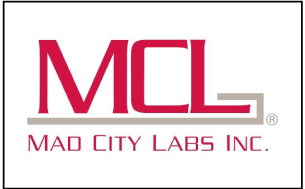May 30, 2024
2:00 PM ET / 1:00 PM CT / 11:00 AM PT / 7:00 PM GMT
Duration: 1 hour
Already registered? Click here to log in.
Summary
This webinar will describe the brief history and current trajectory of the fluorescence microscopy shadow imaging technique in neuroscience and highlight its ease of application and versatility. Fluorescence microscopy remains one of the single, most widely applied experimental approaches in neuroscience and beyond and is continuously evolving to make it easier and more versatile. Yet, while the involved targeted labeling strategies are a key strength of fluorescence microscopy, they reciprocally impose general limitations on the possible types of experiments and analyses. Fluorescence microscopy shadow imaging is a recent development that overcomes some of these limitations. It relies on labeling not the observed membrane-bound cellular structure, but instead its surroundings to effectively provide a negative contrast image.
Speaker
Jan Tonnesen
Associate Professor
Instituto Biofisika (CSIS/UPV)
My group at the Institute of Biophysics in Bilbao investigates neuronal excitability in settings of plasticity and disease, with a focus on the nano-scale physiology of neural cells. We apply advanced functional techniques in live brain tissue, including STED and 2-photon microscopy, as well as electrophysiology. In my previous postdoctoral work, I have primarily addressed the functional role of dendritic spines by means of STED microscopy, which I have been technically developing toward neurophysiology applications. I have also worked extensively with optogenetics in experimental epilepsy models, and with cell replacement therapy in experimental Parkinson's disease.
Sponsored by:

